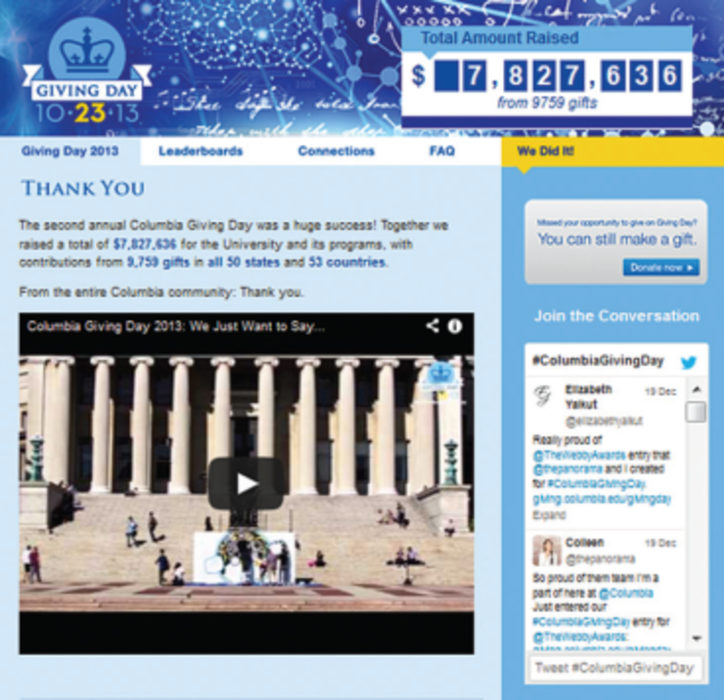Content marketing can mean different things to different people. For some, it means blog posts or webcasts; for others, slickly produced videos designed to take social by storm. But there’s one thing everyone can agree on: If you’re not measuring the results of your content efforts, then you’re not ensuring that you’re getting the full value of its ability to attract, engage, and retain customers.
Unfortunately, there’s no magic bullet. But strategy (versus “random acts of content”) is essential—which makes sense if you subscribe to Accenture Interactive Managing Director Donna Tuths’ definition: “Simply put, content marketing is using content to attract and retain a customer’s connection to a brand, and, ultimately, drive purchase behavior.”
Here are five tips to help marketers make their content pay off:
1. Know the who: Engagement isn’t possible without a clear idea of who you’re trying to engage. “Start by identifying your intended audience, their objectives, and their goals at the moment of interaction,” says Karen Helweg, VP of user engagement at WebMetro. “Data from media and competitive tools, as well as surveys, provide great insights.” If user intent doesn’t align with the content you’re producing, you won’t see results.
2. Know the why: It’s easy to get caught up in the content-production frenzy—but if you don’t take a step back and get strategic you might as well not produce content at all. “If a brand isn’t measuring the content it publishes, it should be asking itself why it’s putting content out there in the first place,” says Alex Krawitz, VP of content development at Firstborn. “To get started, a brand needs to first set a content strategy and know exactly what it wants consumers to take away from the content.”
3. Know what to measure: Obviously, marketers need to track their content’s impact—but shouldn’t drive themselves nuts in the process. Choose the metrics that tie into your goals rather than generating innumerable reports packed with numbers you’ll never have a chance to look at, let alone act on. “Select between two and four metrics for each type of media and focus on tracking those,” says David Murphy, director of marketing development at HP Graphics Solutions Business in the Americas. “You can’t track everything well, but you can fairly easily manage a dashboard of eight or 12 metrics.”
4. Know when to be discerning: Sometimes, marketers have to let their content breathe—customers are content-hungry, but even they have their limits. Don’t overwhelm your audience. Take Columbia University and its “Giving Day” initiative, an intense 24-hour fundraising event held annually since 2012. To encourage donations—the effort raised $7.8 million for the university in 2013—Columbia and agency Story Worldwide developed a strategy that includes social engagement, gamification, live-stream events, videos, case studies, and student and alumni stories. Columbia conducted research in advance of Giving Day to determine what kind of content its alumni are passionate about.
“We have access to a lot of content—Columbia is made up of 16 schools,” says Tim McGowan, deputy VP of alumni and development marketing and communications for the university. “Sometimes it almost felt like we had too much content and we had to figure out what was the right content to move alumni and activate them.”
5. Know how to do the legwork: When it comes to content, results are closely linked to distribution; in other words, getting as many of the right kind of people as possible to view and absorb your content—and that requires audience development, research, and behind-the-scenes organization. Tim Dunn, director of strategy and mobile at Isobar U.S., advises focusing on the nuts and bolts: content calendars, community management, customer service reporting, and sentiment tracking, to name a few.
“It’s all too easy to create content, place it onto social sites, and hope that it will go viral,” Dunn says. “The fact is that in most cases it takes an engaged and receptive community to catalyze this kind of success and this is rarely delivered overnight—in search of the big piece of hit content, brands too frequently ignore the need to foster the levels of reach and active engagement that will give it scale.”







